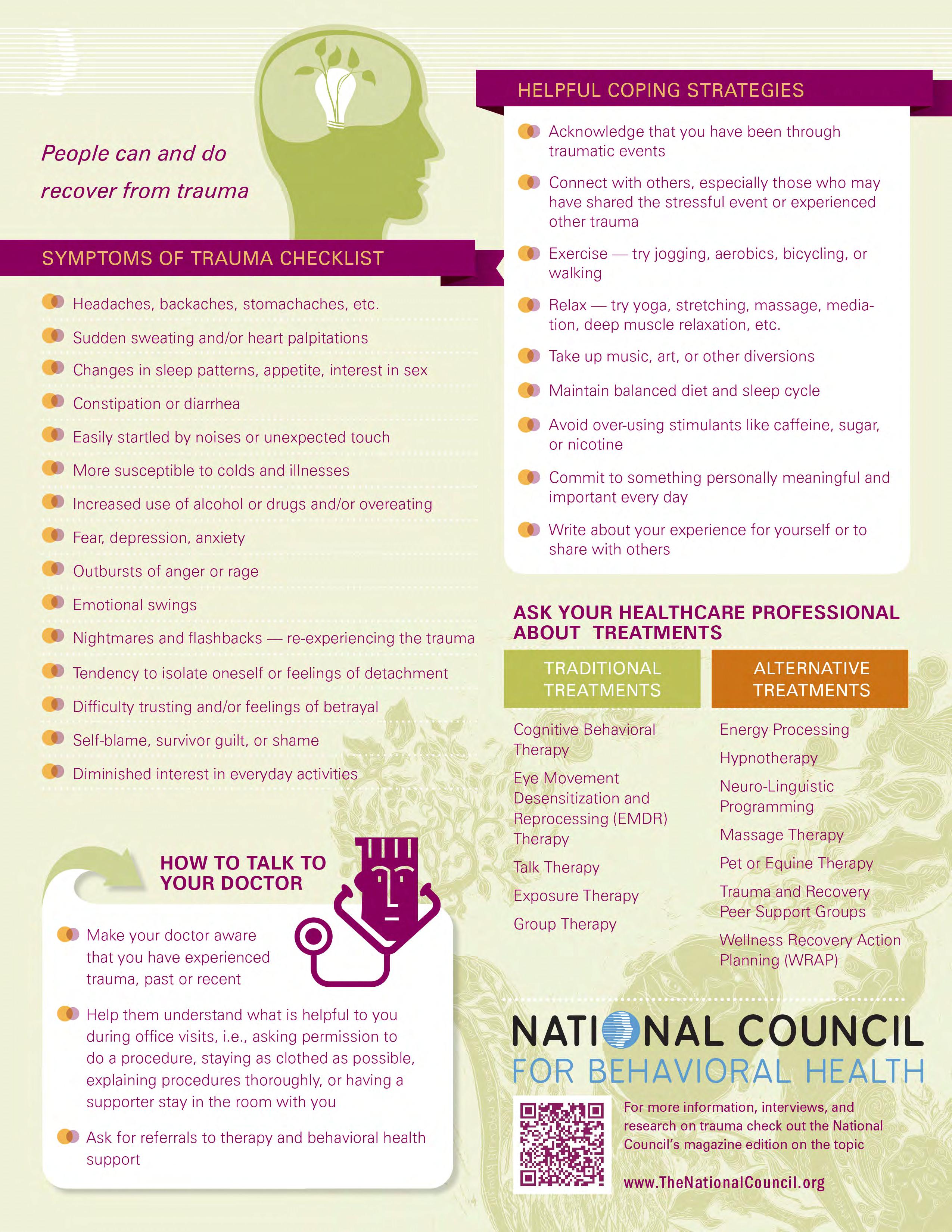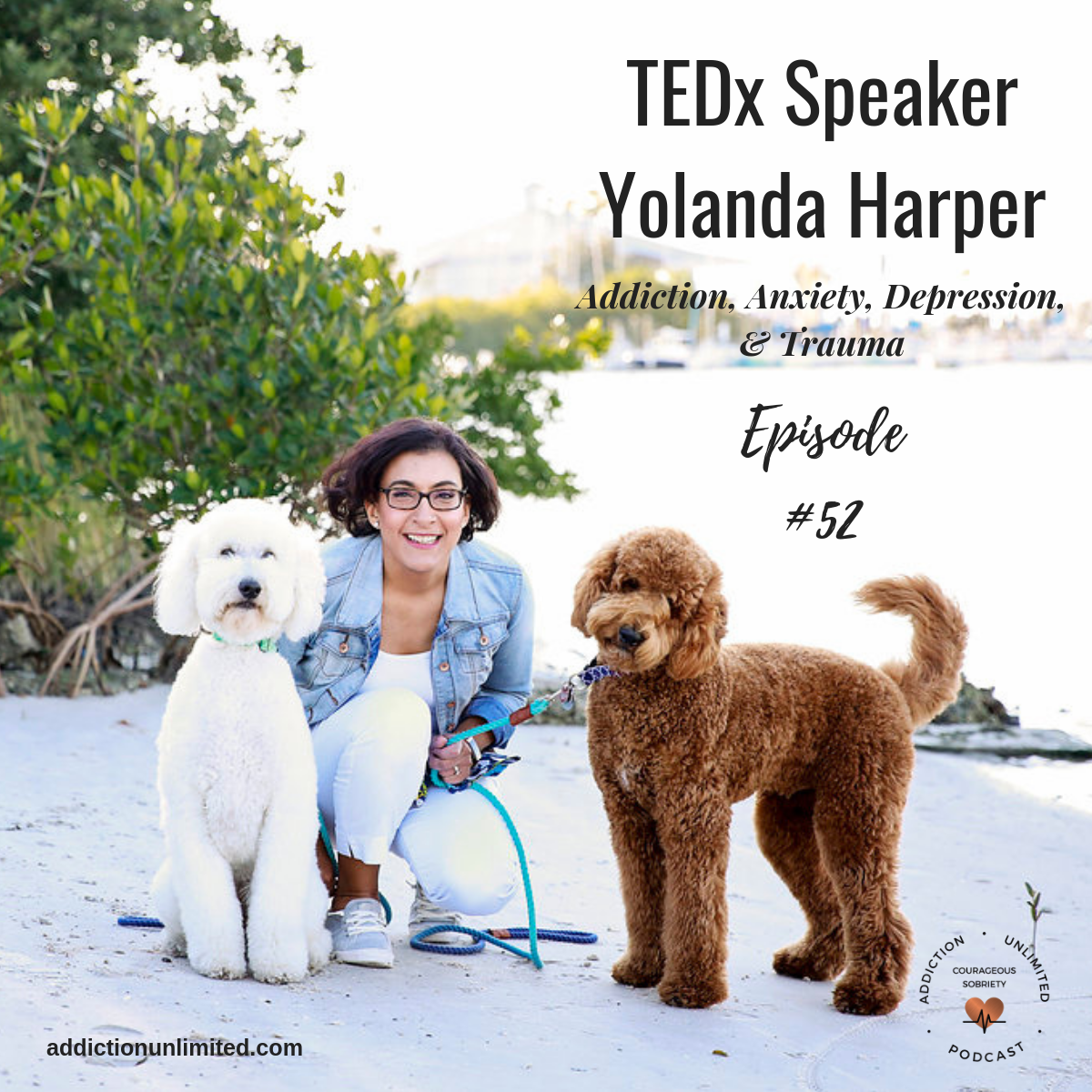Emerging Technique, ART, Could Be A Game Changer In Treating Trauma

The numbers are staggering.
70% of adults in the U.S., or 223.4 million people, have experienced some type of traumatic experience at least once in their lives.
70% 🙀
There is a definite correlation between trauma and addiction, and it's a cycle that feeds itself. Exposure to trauma has been linked to substance abuse, and people with substance abuse disorders are more likely to experience trauma. And the cycle continues...
Substance >> trauma>> trauma >> substance...
The Facts on Trauma and SUDs
The connection between SUDs and trauma span a wide range of populations, types of trauma, and types of SUDs. For example:
- 5% of individuals with post-traumatic stress disorder (PTSD) also met criteria for a substance use disorder diagnosis.
- One-quarter to three-quarters of people who have survived abusive or violent traumatic experiences report problematic alcohol use.
- One-tenth to one-third of people who survive accidents, illness-related, or disaster-related traumatic events report problematic alcohol use, especially if they experience persistent health problems or chronic pain after the event.
- Women who are exposed to traumatic events show an especially increased risk for alcohol use disorder.
- Men and women who have experienced sexual abuse have higher overall rates of alcohol and other substance use disorders.
Most veterans have met criteria for a substance use and PTSD diagnosis. The National Vietnam Veterans Readjustment Study, conducted in the 1980s, reported 74% of Vietnam Veterans with PTSD also had a substance use disorder.
(https://www.relias.com/blog/connection-substance-use-and-trauma)
How To Manage Trauma
There is a lot of research on trauma, the effects of trauma, and how to manage it. EMDR is a treatment with great research and is widely used. And, if you've been a long-time listener of Addiction Unlimited Podcast, you'll remember an episode from the archives with therapist and TEDx speaker, Yolanda Harper.
Yolanda introduced me to ART; accelerated resolution therapy.
In an article in Treatment Magazine, they explain ART like this:
(ART) has delivered promising outcomes in the treatment of trauma, post-traumatic stress disorder (PTSD) and disorders including addiction, anxiety, depression, phobia, grief and abuse. ART is a form of psychotherapy with roots in existing evidence-based therapies such as eye movement desensitization and reprocessing (EMDR), but has been shown to achieve benefits for individuals more rapidly (usually in one to five sessions, according to researchers) and reportedly is efficient and relatively easy for clinicians to administer.
This is an in-depth interview and inside view with a clinician who is using ART in addiction treatment.
He wanted a therapy that had quicker results because each client has a limited number of days in a treatment center and he wanted something that would provide relief in less time than EMDR.
Here are a couple of the questions in the article:
Q: What is the typical outcome for individuals treated with ART?
A: In my experience, 90 to 95% of the people respond in one session to clear an event. We may clear an event that happened in early adulthood, and all of a sudden they’re starting to remember they had this childhood trauma that they’ve forgotten about. Trauma can be like layers of an onion. We open up one trauma and we start working on it, and then all this other stuff comes up and we can’t finish the trauma protocols and the personalized treatment. As one person told me just a few weeks ago: “It was like somebody opened Pandora’s box and told me I’m discharged.” I don’t want to be that guy. I’ve worked with people on four or five events, and it’s a 30-day period to clear out multiple childhood traumas or even some violent assaults that have happened in adulthood that might have been the trigger or the precipitating event that caused all of this alcohol and drug use.
Q: Why is ART considered “emerging?”
A: EMDR [has] 30-plus years of research and practice behind it. ART is at seven years or eight years [old and has] evidence-based [research available] for about the last four and a half years, so it’s still relatively new. Even the number of counselors that are trained in it is still a fraction of what we have for EMDR therapists.
You can check out the full article, and Q& A with Jerry Ehmann, LPC, LISAC, NCC here.
More About Trauma
And check out this infographic from The National Council full of facts and information:


If you want more information on working with Yolanda Harper in Tampa, FL you can find her here: http://www.harpertherapy.com/







